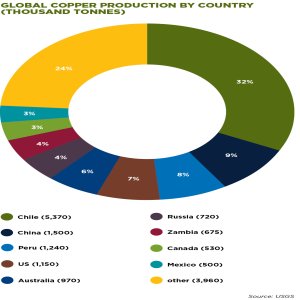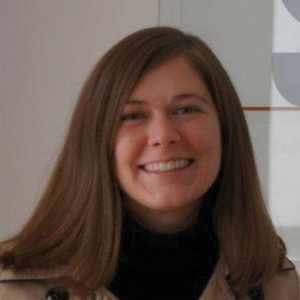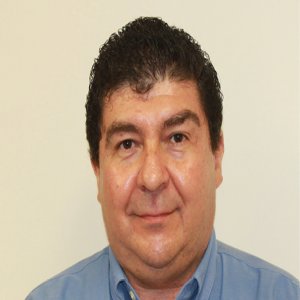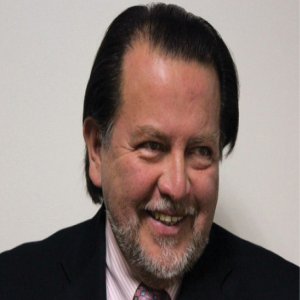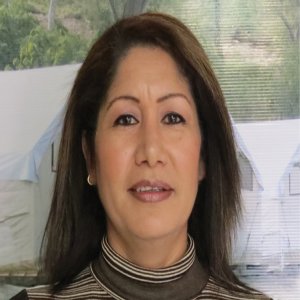Continuous Growth in Gold Production

STORY INLINE POST
Q: Timmins Gold was founded in 2006, and already has one mine in production and six in exploration. How has the company achieved such swift growth?
A: At the beginning the company consisted of two or three people, who started everything from scratch in the basement of a house. The company has grown quickly, and today it has 350 direct employees, another 200 indirect employees, and a yearly growth rate of 30%. Now, it generates almost US$200 million in sales per year, and a key element is that we have always been able to execute decisions quickly. Timmins Gold’s management team stands out for its fast decision-making process, and that gives us an advantage over large companies that have many different departments, slowing down that process.
The most important ingredient is our team, which is mostly Mexican. Of course, we would not be where we are without foreign money. We joined forces with a Canadian securities lawyer, Bruce Bragagnolo, who is also our CEO. The Canadian team is responsible for the regulatory, promotional, and financial aspects of the company. In Mexico we take care of the company’s development and exploration operations. One side of the company cannot function without the other. This has been an important division of responsibilities, and it has worked well for the company.
Q: As a gold producer, Timmins Gold operates in an inherently volatile and risky market. How do you view the current operating environment for companies like yours?
A: We believe that gold prices will increase again, and we are betting on that. Right now we are not selling gold, we are simply storing it. We believe we will see higher gold prices; therefore, for the moment we will sell only the necessary amount to cover our essential costs. Exploration and mining are risky businesses, and fundraising at the initial stages of a project is very difficult. Perhaps there will be some changes when the new finance reform is introduced. Currently, only large companies are able to secure loans easily, usually in the form of revolving loan funds. Companies usually go to big international banks or make IPOs in order to finance their projects. Mining is a very specialized area and we think there will not be enough capital to explore and develop the country within the next few months.
Our initial aim had been to develop a property and then sell it on. However, when we optioned the San Francisco Mine, our flagship property, we realized that we would require a large amount of capital to develop the resource, because the type of deposit requires intensive drilling, and to develop the property using public money would have made the company weaker. We saw San Francisco as a mine that we could begin to operate on, and that is how we started. The objective was firstly to generate cash, and secondly to develop the deposit. Once we had started operating the mine, the company started growing and we were able to bring people with different profiles into the company.
Q: How has Timmins Gold’s funding model adapted to changes in the domestic and international financial market since 2006?
A: In 2008 we had enough money promised from an investor in a private placement of US$25 million, which was enough for Timmins to finish the construction of the San Francisco Mine. In a first placement at approximately US$1 per share, the investors came with US$15 million, and the plan was to exercise warrants for the rest of the money. But then the financial crisis hit and they decided not to exercise the warrants, leaving the company in danger of not being able to complete construction and having to declare bankruptcy. We worked hard and obtained a value added tax return, and that is how we were able to survive a difficult time in the financial market. In March 2009, we made a subsequent placement for the equivalent of US$10 million at 40 cents per share, and one of the groups that participated in the previous placements gave us a US$15 million gold loan, which was more than enough for us to secure the project. The gold loan later became a standard loan, and this money has now been converted into production.
The company’s original investors have now moved on, for the most part, but they all made money. We have not raised money since 2009; we used the same money we had originally raised, together with the loan I mentioned, to bring the plant up from 10,000 t/d to a current production rate of 22,000 t/d. The plan is to increase that to 30,000 t/d in 2014. We are a dynamic company and we have a keen eye on free cash flow; there are not many companies that have the luxury of a similar level of free cash flow that we have achieved. Ours has been a success story, and it taught us a lot; successfully surviving the 2008 financial crisis has made the company more dynamic and more audacious as a result.
Q: What are the company’s aspirations for the coming five years and what will be its strategy for achieving them?
A: The business model for us now is to acquire an operating company, as well as to achieve organic growth. We have many exploration targets within our claims, and we will begin drilling some very interesting targets within our claim blocks soon, such as the one we have 10km north of our open pit mine in Durazno. It is likely that we will then look to acquire operating projects in other parts of the region, using similar processes. We would like to focus on heap leaching, and while there are not many new discoveries allowing the use of this technique, there are a lot of distressed companies, so there are opportunities available. But although we specialize in heap leach operations on open pit low grade gold in Mexico, diversification is an objective for us. We are financially healthy, and if we discover the resources that we want now, we can put a project directly into production ourselves.
We want to become a 250,000oz producer in the coming three years, both through organic growth and by acquiring other advanced mining projects, with the aim of becoming a company with a production rate of 5 to 10 million ounces. If we reach a size of 250,000oz in three years, we keep on generating cash and we add 1 or 2 more million ounces, we may even become a target for acquisition.
